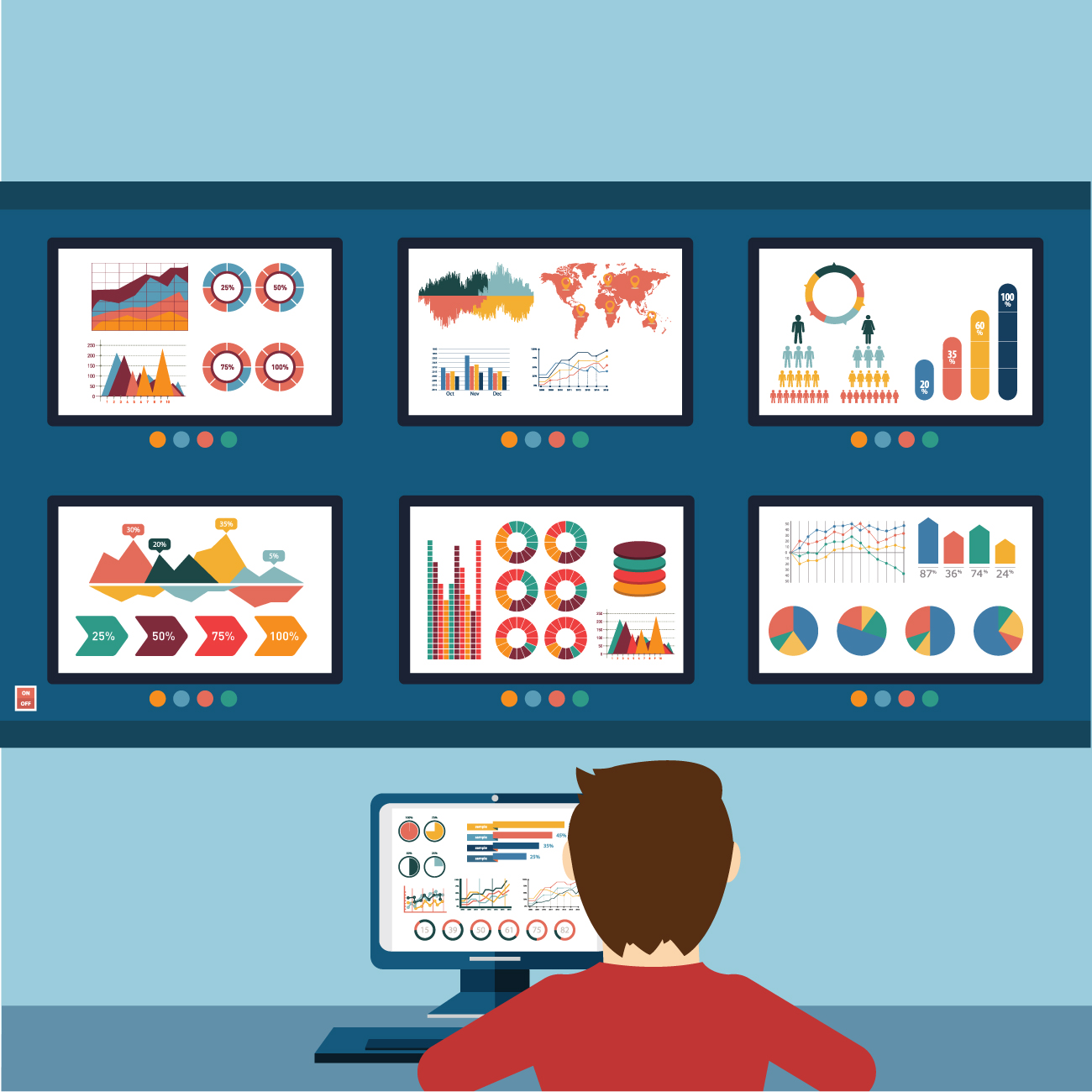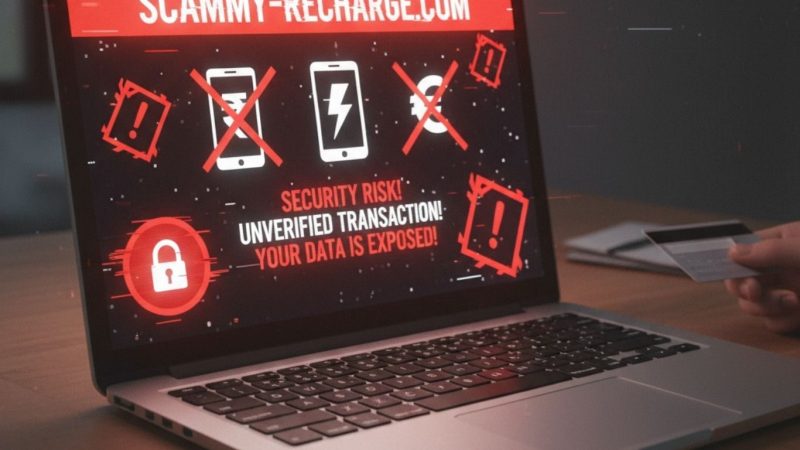Great 5 Reasons Why You Should Consider Remote Monitoring and Management

If you’re running a business, you know how important it is to have your finger on the pulse of what’s happening in your company. You want to stay informed, anticipate any issues, and keep everything running smoothly. After all, a single glitch can spell disaster for your operations!
But as businesses become more complex, remote monitoring and management (RMM) can become essential in keeping control over IT assets. RMM is an essential tool for companies of all sizes, from solopreneurs to large enterprises, to ensure that devices are secure and working correctly.
In this article, we’ll give you five reasons why employing RMM software could be the right choice for your business. Whether you’re coming up against new security challenges or need better ways to manage complex systems, or both, choosing the right RMM solution might be the best move you make this year.
Introduction to Remote Monitoring and Management (RMM)
Remote Monitoring and Management is designed to monitor and manage anything from applications to networks remotely. It involves two components which are the admin console and the endpoint agent.
The admin console acts as a central dashboard for the IT service provider to maintain its client’s systems while the endpoint agent is responsible for monitoring each system itself. Therefore, not just specific areas that are kept under surveillance but all major parts of your enterprise are continuously monitored.
What Is Remote Monitoring and Management (RMM) Software?
RMM solutions are an effective tool to ensure that your business’s networks are properly secured and running optimally so you can keep your remote teams connected.
Manual customization and scripting options, as well as performance tracking using tools like RMM software, gives businesses greater visibility into their IT infrastructure. But what is RMM software exactly and how can it help your business?
RMM software is very useful when it comes to providing streamlined IT services. This is because such software simplifies the process of tracking down problems through remote management which in turn makes resolving them a lot faster than having to wait for on-site personnel or technicians to come in and fix them physically. It also helps with reducing human errors as all processes can be automated if necessary. Furthermore, with RMM software, you can now monitor your business from anywhere without requiring any physical presence, allowing you to focus more time on other important aspects of your business.
Different Types of RMM Software
RMM software is designed to give companies more control over their IT systems by providing a broad range of features, such as asset monitoring, network management, and endpoint monitoring.
Unlike its “traditional” counterpart, remote RMM software is specifically designed for business owners who want to be able to manage their systems from anywhere. It is also much easier to use because it can be run on a variety of devices, including PC, Macs, and mobile phones.
Different types of RMM software offer different advantages:
- Network Management: RMM software, such as PRTG Multiboard, can be used to monitor networks, including routers and switches while providing valuable information on important components like bandwidth utilization and performance.
- Asset Monitoring: By using asset monitoring features, users can easily keep track of the IT assets that are associated with the network or computer system. This includes hardware components, such as computers and laptops, as well as software applications.
- Endpoint Monitoring: Endpoint monitoring allows users to monitor the performance of devices connected to the network or computer system from remote locations. This feature helps businesses identify potential problems before they become bigger issues.
5 Reasons Why Remote Monitoring and Management (RMM) is For You
If you’re a business looking to streamline your remote operations, utilizing Remote Monitoring and Management (RMM) software can be an invaluable tool. Using RMM software for network monitoring, asset tracking, and status reporting allows businesses to save time and money in managing both their local and remote sites.
The following are the most notable reasons why you should consider implementing RMM:
-
Reduced Downtime and Increased Productivity
Remote monitoring and management (RMM) is a software suite that businesses can use to help keep their operations running smoothly. One of the key benefits of RMM software is that it can help businesses reduce downtime and increase productivity.
Downtime can be costly for any business, and RMM can help minimize it. RMM helps companies with the following:
- Quickly diagnose and resolve issues that arise, resulting in less time spent troubleshooting and more time spent on completing tasks.
- Ensure tasks are completed even when members of the team are away through automated scheduling.
- Eliminates the need for manual tracking of progress, saving time and effort.
In addition to reducing downtime, RMM can also help businesses increase their productivity. With its performance monitoring capabilities, RMM can track how efficiently users are utilizing the company’s resources and make adjustments as needed. This helps teams to optimize their processes and get more done in less time.
-
Automation of Repetitive Tasks
One of the biggest benefits businesses can gain from implementing RMM software is the automation of repetitive tasks. Automation can save time, energy, and labor costs by speeding up mundane processes to a fraction of the time they usually take.
It also reduces errors and improves accuracy. Many repetitive tasks require multiple manual steps and a thorough understanding of the process. Automating these tasks eliminates human error, as the software accurately completes each step as laid out in the program without fail.
Finally, it improves employee satisfaction. Removing tedious, manual tasks from employees puts less stress on them and frees up their time for more creative, meaningful work such as strategizing or problem-solving. Having automation tools at their disposal can also create a sense of job security for employees, as their role becomes about managing automated systems rather than solely doing manual labor or operating machinery.
-
Improved IT Security through Centralized Monitoring
Organizations can further optimize their IT security capabilities when they implement centralized security monitoring. With centralized security monitoring, organizations can better defend against internal and external data security threats. This is because all systems are monitored from a single interface, which allows system administrators to quickly identify any potential issues or vulnerabilities.
Centralized monitoring also enables organizations to monitor their systems in real-time, allowing for proactive management of any issues or threats that may arise. This helps organizations stay ahead of potential problems and allows them to take action quickly if a situation arises.
Additionally, the technology trends in central station monitoring also offer improved security and ease of configuration through remote access. This ensures organizations can easily maintain their networks with minimal disruption and improved overall efficiency.
-
Guided Troubleshooting and Proactive Maintenance
One of the biggest benefits of Remote Monitoring and Management (RMM) software is that it can help guide your business’s troubleshooting and maintenance strategies. Many tech professionals rely on insights delivered by a Computerized Maintenance Management System (CMMS). These systems report on the condition of your hardware, so you can monitor various assets more closely.
Troubleshooting strategies are essential to businesses especially in:
- Preventing excessive wear and tear from occurring on equipment, which in turn helps reduce any potential hardware or software issues that may come up.
- Regular maintenance routines also allow you to investigate any potential problems early so they can be addressed before they have a chance to cause any serious damage.
RMM makes it easier for businesses to stay ahead of potential problems with proactive monitoring and maintenance routines. It helps in avoiding outages and manage their assets more efficiently.
-
Cost-Savings Opportunities with RMM Software
RMM software provides businesses with valuable cost-saving opportunities. The reduction in spending comes from having the ability to manage multiple systems and clients remotely, eliminating the need to travel or work on their machines in person.
RMM also helps save valuable time which translates into cost savings for businesses. Tasks such as installations and system updates that could take hours can now be done quickly and efficiently with just a few clicks of a button, which maximizes employee productivity while providing cost reductions in time and labor costs.
RMM can help alleviate and address the following:
- employee productivity issues,
- customer dissatisfaction, and
- potential revenue losses due to prolonged downtimes or disruptions.
By implementing an RMM tool businesses can ensure that their systems are always running without any disruptions or downtimes, preventing any potential losses or damages due to lack of oversight.
Conclusion
Remote Monitoring and Management (RMM) is a powerful tool for managing IT operations and mitigating risks. With RMM, businesses can reduce manual labor and time, boost performance and productivity, and benefit from automated patching and updates. In short, RMM helps companies to be more efficient and better equipped to handle IT-related challenges.
Moreover, with RMM, businesses can be sure that their IT infrastructure is secure and protected. Not only that but remote monitoring and management also help companies reduce costs and make informed decisions about IT operations. All in all, RMM can be a game-changer for businesses aiming to stay ahead of the competition.






